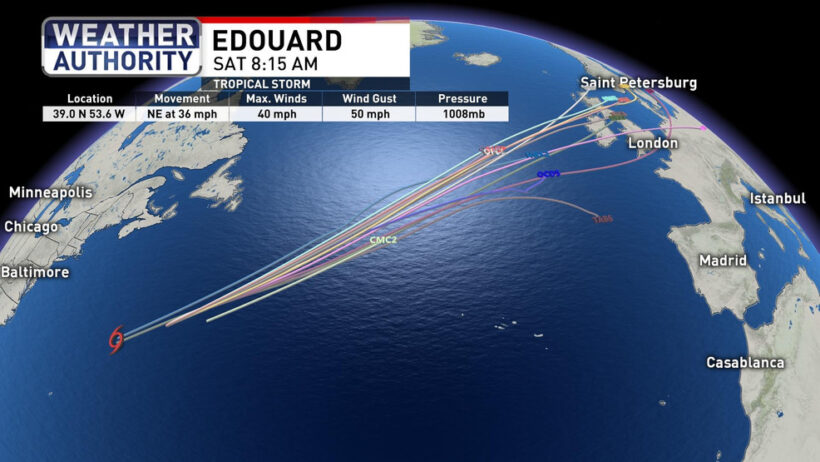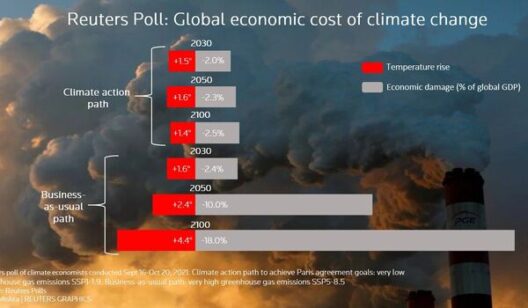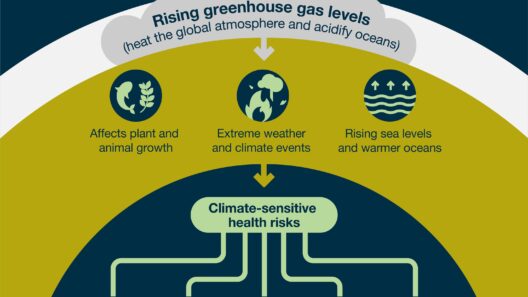The air we breathe is often taken for granted. We inhale it automatically without giving much thought to its composition or the implications of its changing quality. Have you ever pondered the question: what if the very air surrounding us was slowly becoming a toxic brew, a result of our own industrious activities? This provocative contemplation paves the way for an urgent discussion regarding the nexus between human activity and the escalating phenomenon of global warming.
To start, it is critical to understand the science of greenhouse gases (GHGs). GHGs, including carbon dioxide (CO2), methane (CH4), and nitrous oxide (N2O), act as a warming blanket around the Earth. They trap heat in the atmosphere, which is a natural process essential for sustaining life. However, anthropogenic activities, particularly since the dawn of the Industrial Revolution, have significantly amplified the concentration of these gases. The burning of fossil fuels for energy, deforestation, and industrial processes have all contributed to this troubling trend. As a result, we find ourselves confronting an unprecedented rise in global temperatures.
A key question emerges: how does this pertain to our daily existence? The direct impact of elevated temperatures can manifest in myriad ways. Rising sea levels, retreating glaciers, erratic weather patterns, and more intense storms are just a few observable phenomena. These changes not only jeopardize ecosystems but also threaten human life and livelihoods across the globe. Imagine standing on the shore and witnessing your hometown slowly being swallowed by the encroaching seas. It seems far-fetched, yet many communities are facing this stark reality.
Furthermore, the health implications of increased air pollution cannot be ignored. Air quality deteriorates as GHGs interact with other pollutants, leading to an increase in respiratory illnesses, cardiovascular diseases, and even premature mortality. The World Health Organization estimates that outdoor air pollution causes millions of premature deaths annually. As our planet warms, the frequency and severity of smog episodes also increase, creating a perilous cycle. Thus, the paradox becomes evident: our pursuit of progress is undermining the very air essential for our survival.
In addition to direct health effects, global warming has far-reaching implications for agricultural practices, which are inextricably linked to air quality and temperature. Crop yields can be adversely affected by rising temperatures and changing precipitation patterns, precipitating food insecurity. Farmers, particularly in developing nations that are least equipped to handle such challenges, face a daunting task. The question looms large: as temperatures rise, will we find innovative agricultural practices to combat the impending crisis, or will we continue down our current path of exploitation?
Yet, amidst this narrative of doom, one might ask: is there a way forward? The emergence of renewable energy sources presents a beacon of hope. Wind, solar, and hydroelectric energy are gaining traction as sustainable alternatives to fossil fuels. The transition from traditional energy systems to cleaner, more sustainable ones can significantly reduce GHG emissions while simultaneously fostering economic opportunities. Countries such as Denmark and Germany provide successful models, showcasing how investment in renewable energy can lead to substantial reductions in carbon footprints.
Moreover, community-based initiatives can play a pivotal role in mitigating climate change. Urban gardening, local composting programs, and tree-planting initiatives can help bolster local ecosystems while fostering a sense of community engagement. Individual actions, when amplified within collective movements, have the power to effect change. How can each of us contribute to this endeavor? By integrating sustainable practices into our daily lives, from reducing single-use plastics to adopting a plant-based diet, we can collectively impact the air quality and carbon footprint of our communities.
Education and awareness are paramount in this fight against global warming. The more individuals understand the intricacies of climate science, the more empowered they are to take action. Educational institutions, NGOs, and governments must collaborate to disseminate critical information about the impacts of climate change and the importance of preserving air quality. Consider the influence of informed individuals advocating for policy change, demanding sustainable practices, and holding corporations accountable for their contributions to climate change. This proactive engagement is where real, transformative change can emerge.
Global cooperation is another critical facet of addressing climate change. The 2015 Paris Agreement represents an important international commitment to limiting temperature rise, and while it lays the groundwork for global action, much more is needed. Countries must work collaboratively to share technology, cultivate innovation, and provide resources to those most affected by climate-related impacts. This shared responsibility creates a moral imperative, transcending borders and cultures, as we strive to safeguard the future of our planet for generations to come.
In conclusion, the air we breathe is intricately tied to human activity and its impact on global warming. The challenges we face may seem daunting, but they also present an opportunity to rethink our relationship with the Earth. By embracing sustainable practices, educating ourselves and others, and advocating for systemic change, we can take significant strides towards preserving our planet. This is not merely an environmental issue; it’s a humanitarian crisis that demands our attention and action. Are we ready to rise to the challenge and embrace a more sustainable future for all?








